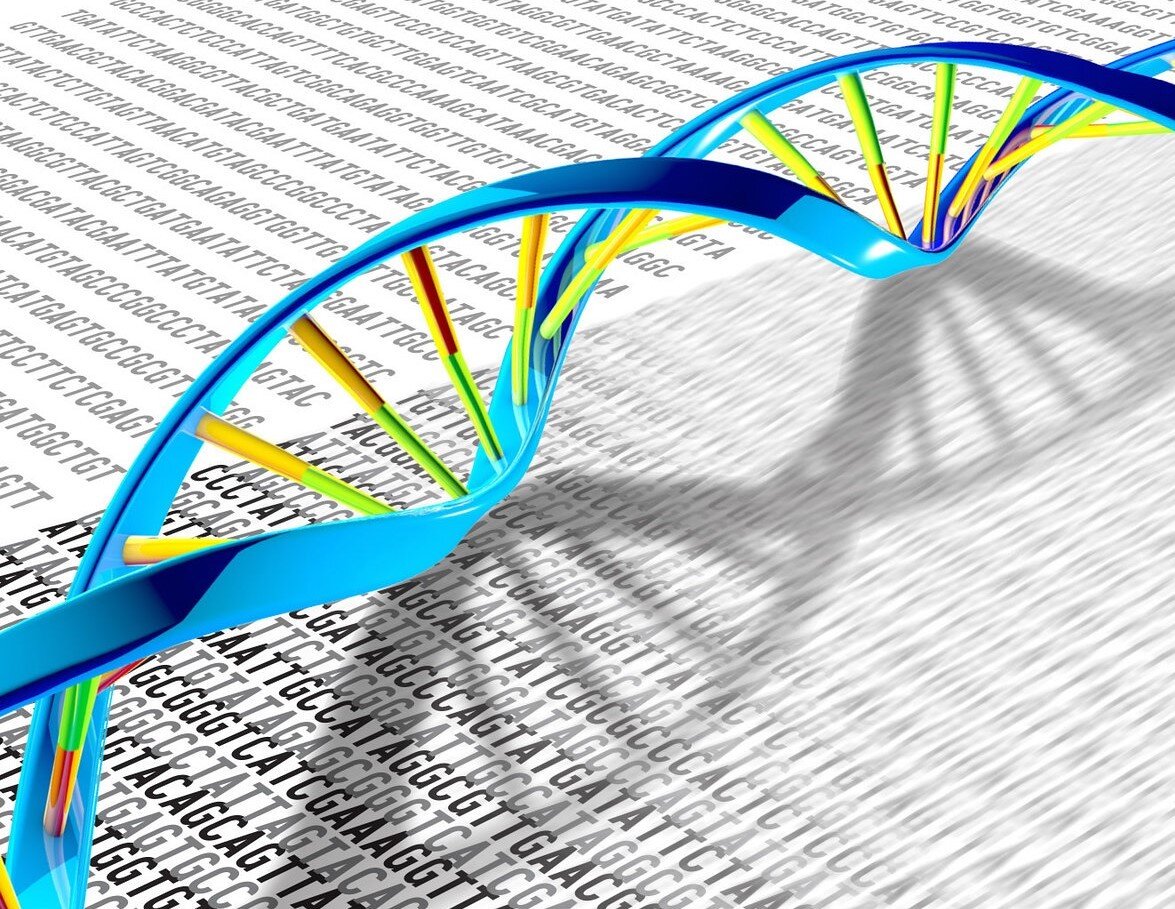Revolutionary DNA Technique Cuts Sexual Assault Evidence Processing to 45 Minutes
September 5, 2024
Traditionally, forensic analysis has been a lengthy process, often taking days to weeks due to transportation and lab backlogs, which includes isolating the assailant's DNA from the victim's.
Lead researcher Mohamed Elsayed notes that victims often hesitate to report assaults due to a lack of confidence in the justice system, primarily stemming from slow forensic processes.
By addressing these delays, this advancement could encourage more victims to come forward, potentially increasing the number of cases pursued.
The new technique is designed to be compatible with existing Rapid DNA Analysis technology, with aspirations for integration to further enhance forensic efficiency.
Looking ahead, researchers aim to develop a device capable of performing DNA analysis in just five minutes, vastly increasing the number of samples processed simultaneously.
Despite challenges ahead for commercial deployment, Elsayed remains optimistic about making this technology widely accessible.
The significance of this advancement in forensic science cannot be overstated, as it promises faster and more efficient processing of sensitive evidence in sexual assault cases.
These findings, published in the journal Advanced Science, highlight a critical issue, given that nearly half a million sexual assaults occur in Canada annually, many of which go unreported.
Overall, this breakthrough could significantly expedite the forensics pipeline, ultimately reducing the delays in processing DNA evidence.
Researchers in Canada have developed a groundbreaking technique for analyzing evidence in sexual assault cases, significantly reducing the delays associated with DNA processing.
This new forensic method shortens the time required for sexual assault DNA testing to just 45 minutes, a dramatic improvement over traditional methods.
The technique employs a differential digestion method combined with digital microfluidics, streamlining the DNA separation process and reducing the number of manual steps from 13 to just five.
Summary based on 3 sources
Get a daily email with more Science stories
Sources

Medical Xpress • Sep 4, 2024
New research has potential to speed up forensic analysis in sexual assault cases
Ground News • Sep 4, 2024
Forensic science breakthrough could help solve rape cases sooner